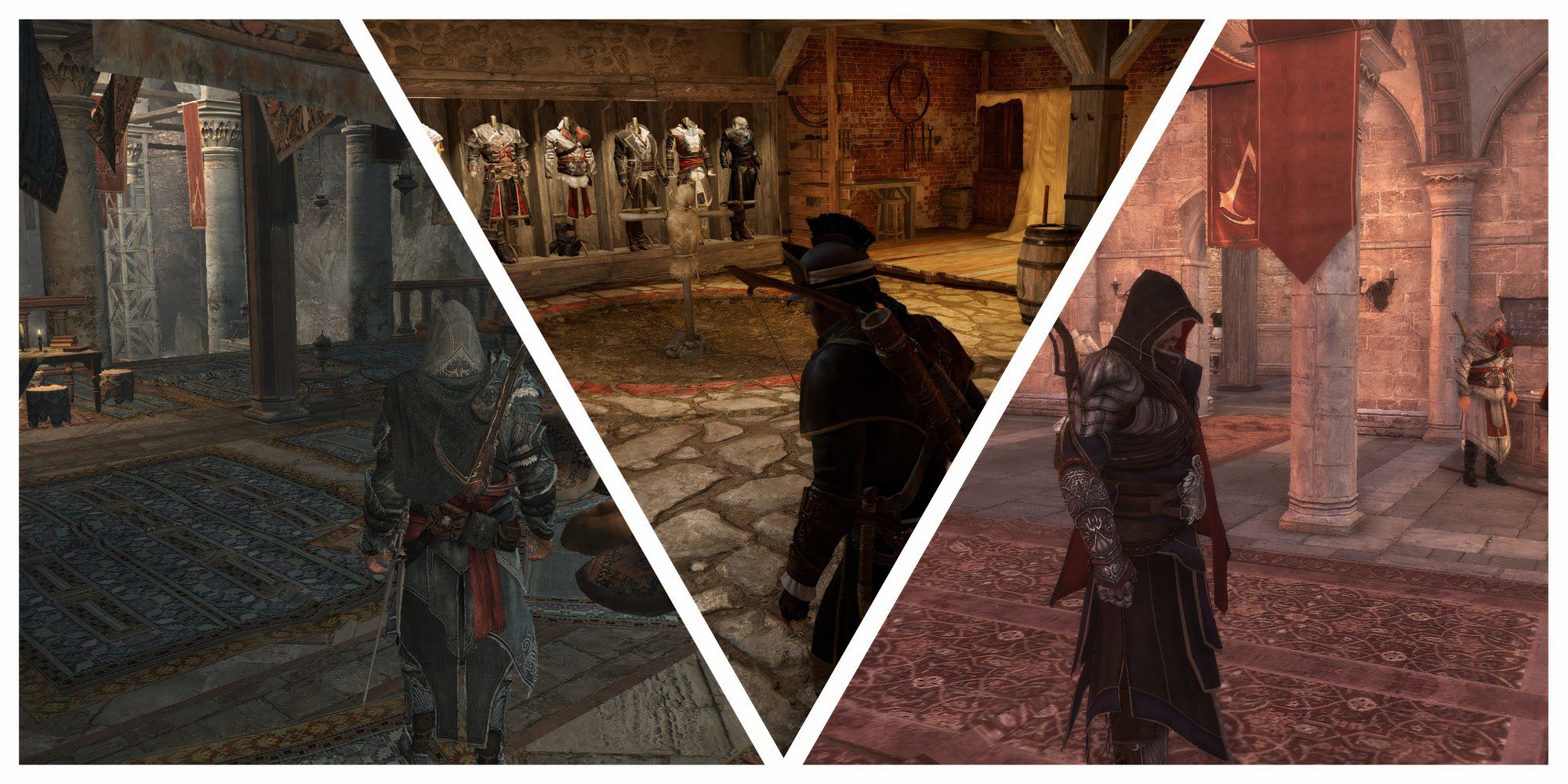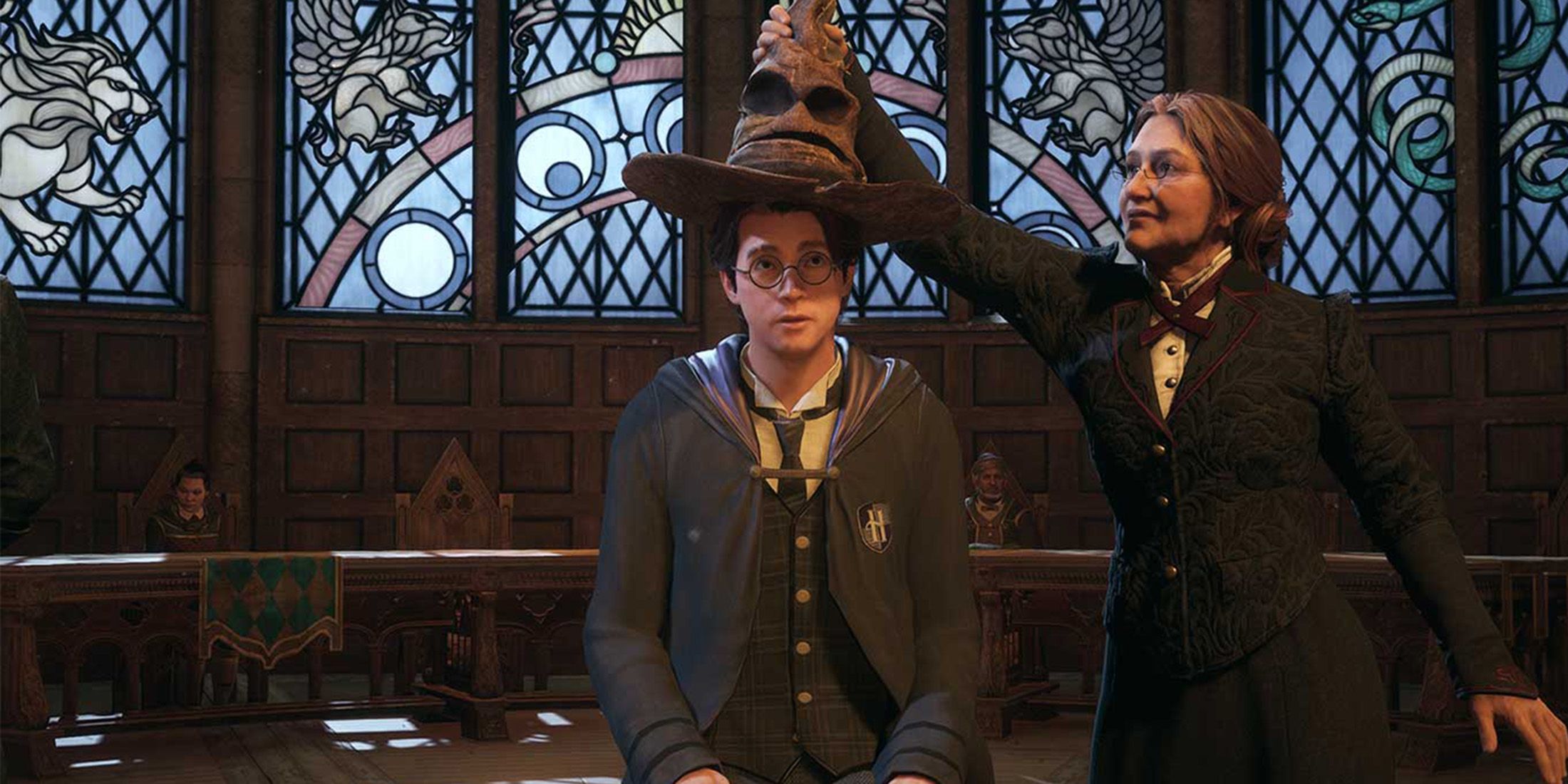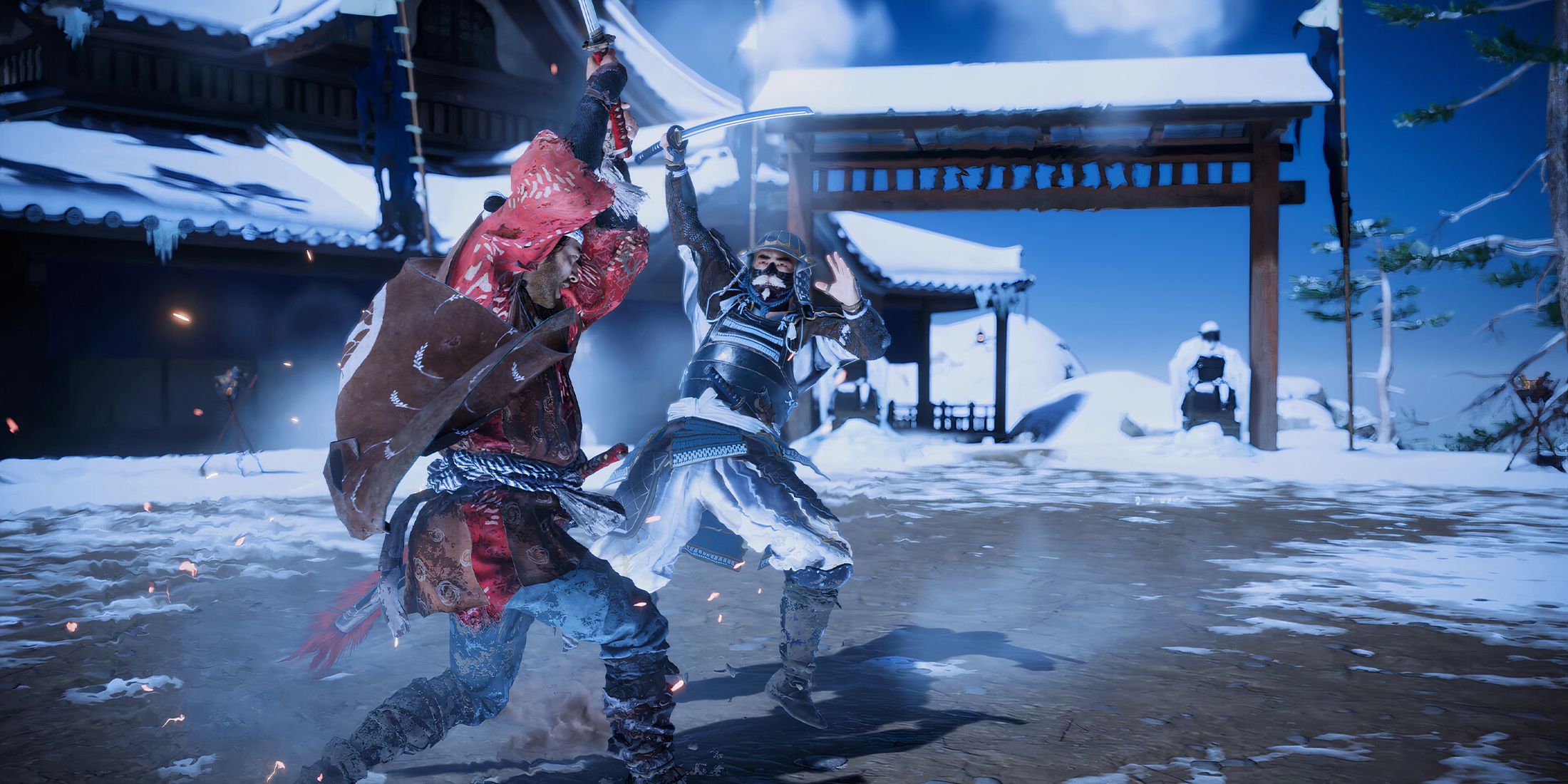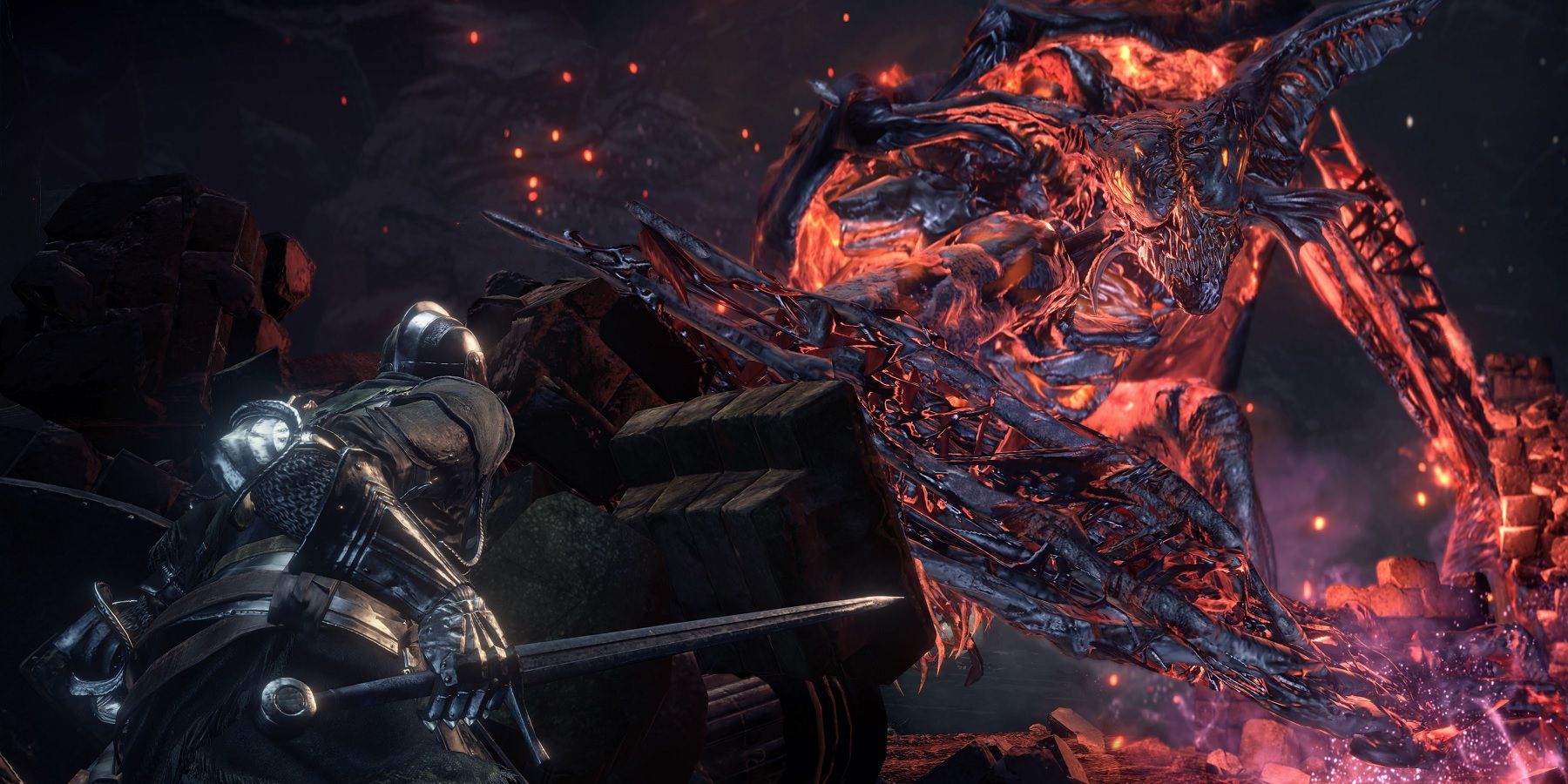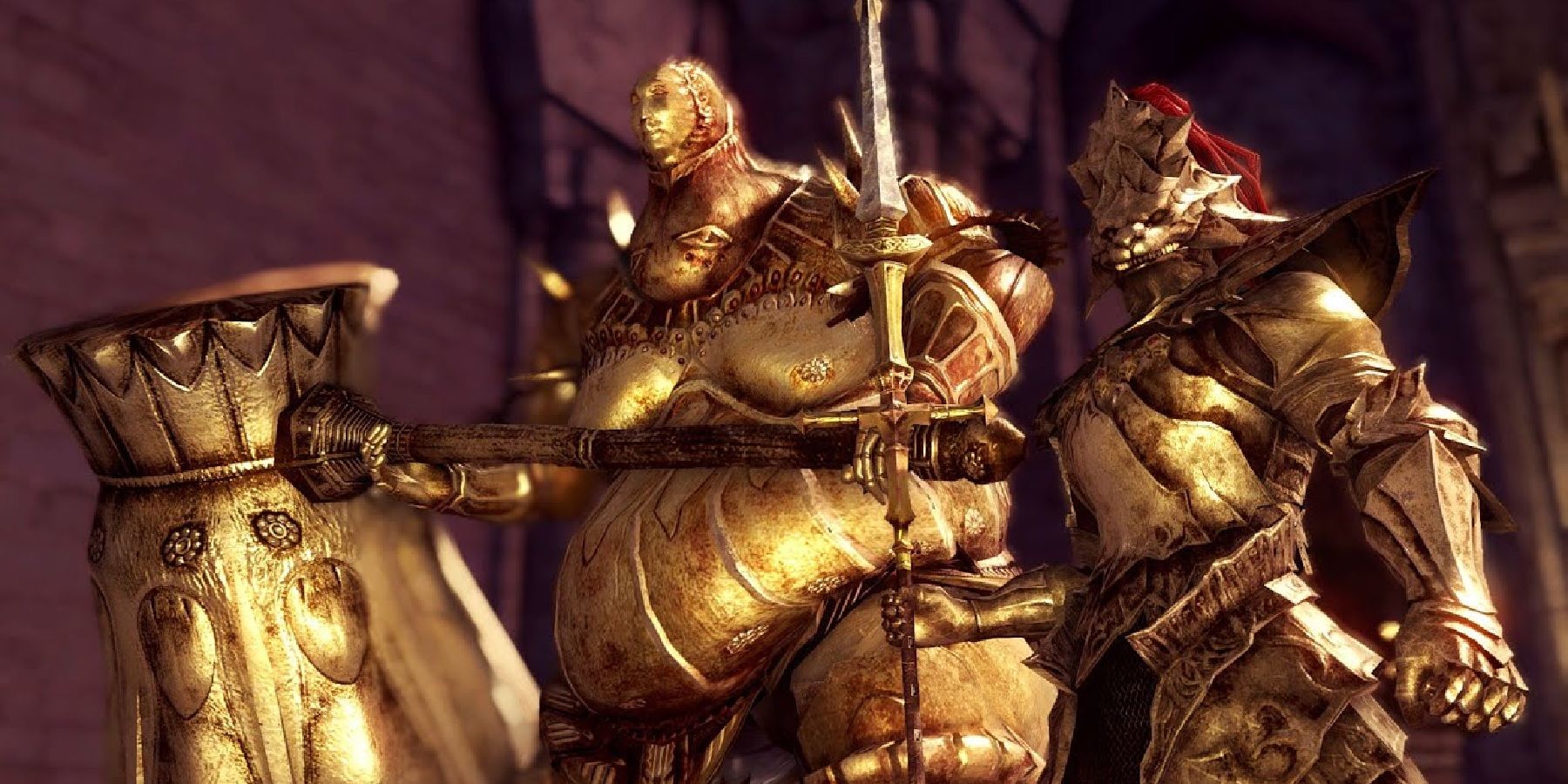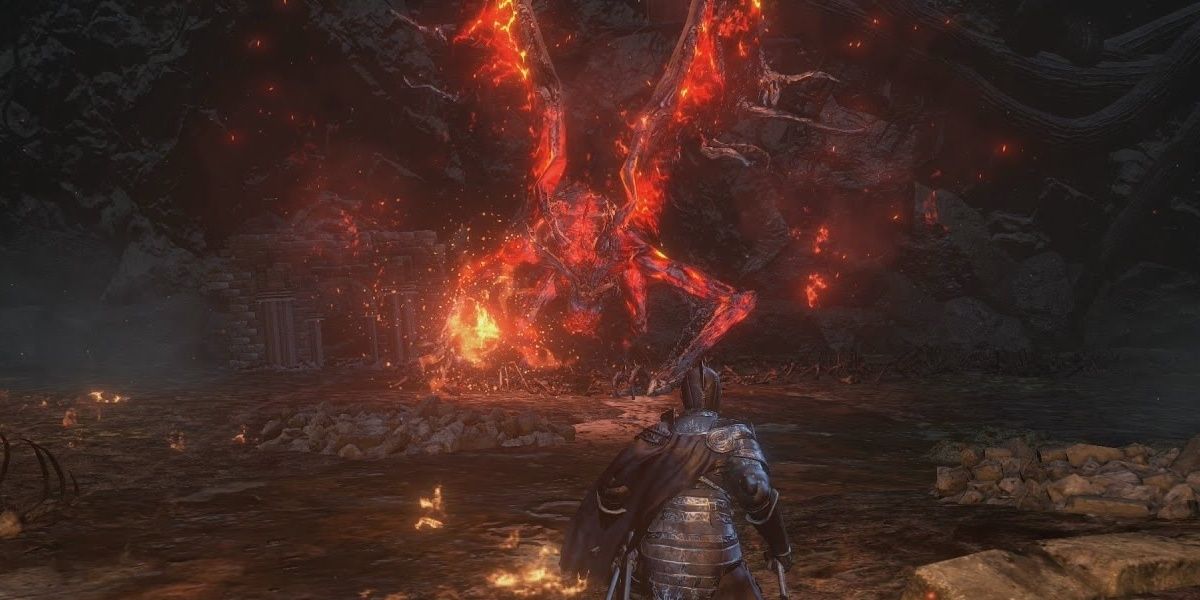While the world design of the DLC areas in Dark Souls 3 isn't the best in the FromSoftware catalog, many of the boss designs stand as the pinnacles of their respective archetypes. This is especially the case for the Demon Prince fight in The Ringed City, which continues to stand as an ideal baseline for how FromSoftware should design DLC moving forward.
What elevates Demon Prince is the way that it takes one of the most notorious fights from the original game in the series and reimagines it with a moveset that better fits the faster and more complex combat of Dark Souls 3. Given the way that this boss appeared in DLC, it can also be a new source of inspiration for FromSoftware's rumored upcoming DLC for Elden Ring.
Demon Prince as the Legacy of Dark Souls' Ornstein and Smough
The encounter against Ornstein and Smough in Dark Souls has become a legendary turning point for the first game in FromSoftware's flagship series. Not only is it one of few times that it sicks two boss-ranked enemies against the player at the same time, but it is a unique fight against two characters that have been built to complement each other with differing attack speeds, ranges, and resistances. However, the most impressive change in this fight from other group bosses like the Bell Gargoyles or the Four Kings, is that instead of the fight getting easier once one enemy dies, it transitions as the remaining one gets a power boost and restores its health.
All of these aspects that make Ornstein and Smough so impressive as a boss encounter are also present with the Demon Prince, as the first phase isn't against a single enemy with that name. Instead, when players drop into the fight, they are pitted against the Demon in Pain and the Demon from Below. These two bosses might appear similar at first, but each has their own unique set of attacks that focus on poison for the Demon in Pain and fire for the Demon from Below. Both of these bosses also have their own movesets, with AI that often has one attacking more actively with melee combat while the other holds back with well-telegraphed ranged attacks.
The similarities don't end at the first phase, either. Defeating both the Demon in Pain and the Demon from Below leads to the second phase against a powered-up version of both, known as the Demon Prince. While this Demon Prince appears to be the same every time a player reaches the second phase, the specifics of this second phase are dependent on which boss in the first phase was killed in what order. This makes the second phase more than a simple spike in difficulty for Dark Souls 3, but a calculated decision carried over from the start of the fight for which version of Demon Prince was easier to deal with.
Demon Prince's Fingerprints on Elden Ring's Double Bosses
As FromSoftware has moved on to new Soulslike series like Elden Ring, the developer still showcases many of the highlights from previous games. While there is no perfect example of the exact mechanics of the Demon Prince appearing later on, the complexities of the AI have been used to make a handful of impressive double bosses. This most positively appears in the Fell Twins fight in Elden Ring, which uses similar AI to make sure that both bosses rarely attack at close range at the same time.
A more negative reimagining of the Demon Prince fight comes from Elden Ring's Valiant Gargoyles, which at first appear to have a similar AI to the Demon in Pain and Demon from Below. However, while the enemies do sometimes keep their distance, the ranged attacks don't have the telegraphing that the Demon Prince fight succeeds at so well. It's an interesting note to take from developers like FromSoftware, that the specific successes of boss fights like the Demon Prince always have multiple aspects that make sure they work.
Dark Souls 3 is available now for PC, PS4, and Xbox One.

